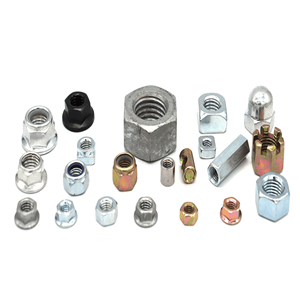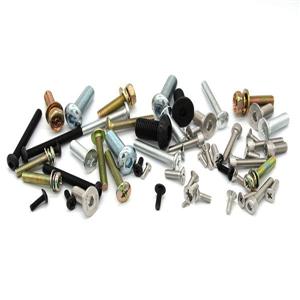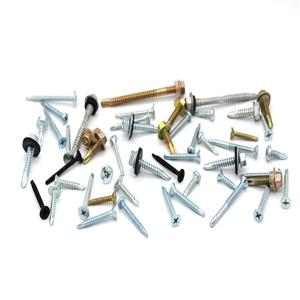What is a screw
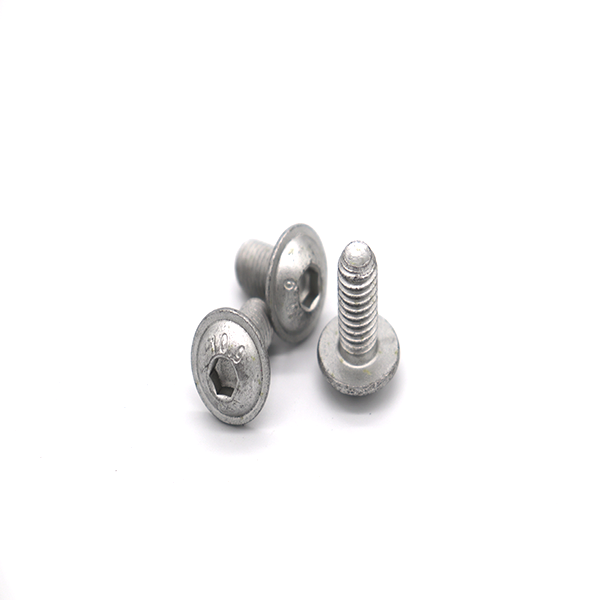
Screw is a combination of simple machines—it is, in essence, an inclined plane wrapped around a central shaft, but the inclined plane (thread) also comes to a sharp edge around the outside, which acts a wedge as it pushes into the fastened material, and the shaft and helix also form a wedge in the form of the point. Some screw threads are designed to mate with a complementary thread, known as a female thread (internal thread), often in the form of a nut, or object that has the internal thread formed into it. Other screw threads are designed to cut a helical groove in a softer material as the screw is inserted. The most common uses of screws are to hold objects together and to position objects.
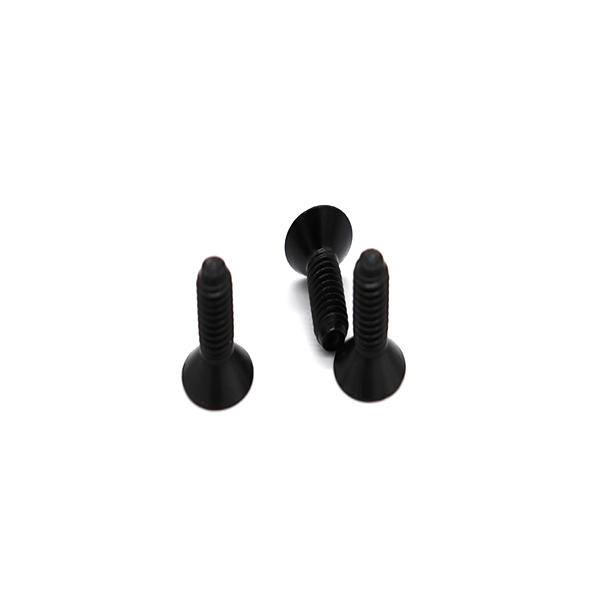
A wood screw: a) head; b) non-threaded shank; c) threaded shank; d) tip.
A screw will usually have a head on one end that allows it to be turned with a tool. Common tools for driving screws include screwdrivers and wrenches. The head is usually larger than the body of the screw, which keeps the screw from being driven deeper than the length of the screw and to provide a bearing surface. There are exceptions. Carriage bolts have a domed head that is not designed to be driven. Set screws often have a head smaller than the outer diameter of the screw. Headless set screws are also called grub screws. J-bolts have a J-shaped head that is not designed to be driven but rather is usually sunk into concrete allowing it to be used as an anchor bolt. The cylindrical portion of the screw from the underside of the head to the tip is known as the shank; it may be fully threaded or partially threaded. The distance between each thread is called the "pitch".
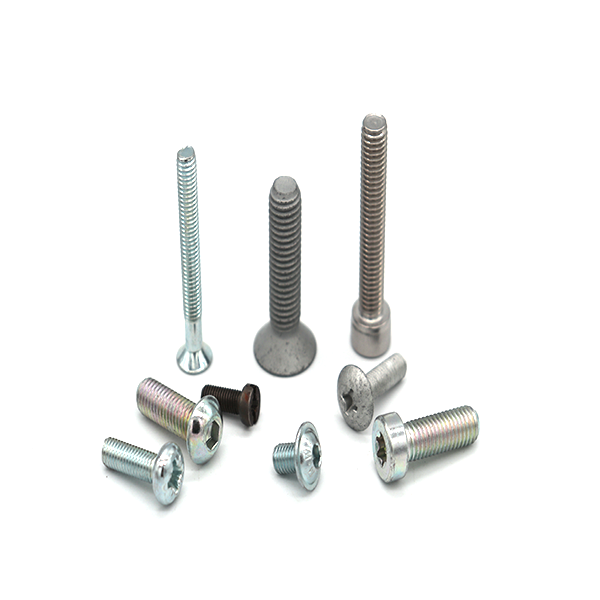
The majority of screws are tightened by clockwise rotation, which is termed a right-hand thread; a common mnemonic device for remembering this when working with screws or bolts is "righty-tighty, lefty-loosey". If the fingers of the right hand are curled around a right-hand thread, it will move in the direction of the thumb when turned in the same direction as the fingers are curled. Screws with left-hand threads are used in exceptional cases, where loads would tend to loosen a right -handed fastener, or when non-interchangeability with right-hand fasteners is required. For example, when the screw will be subject to counterclockwise torque (which would work to undo a right-hand thread), a left-hand-threaded screw would be an appropriate choice. The left side pedal of a bicycle has a left-hand thread.
More generally, a screw may mean any helical device, such as a clamp, a micrometer, a ship's propeller, or an Archimedes' screw water pump.


